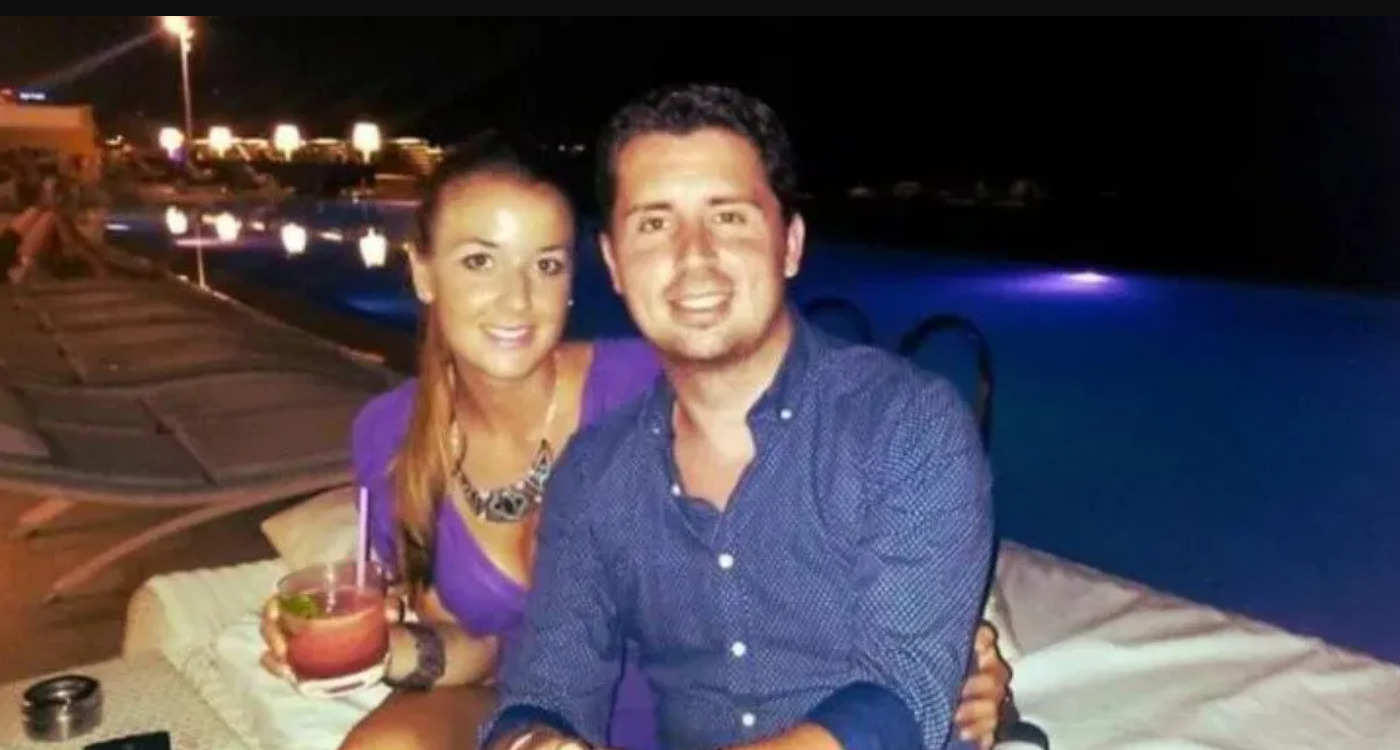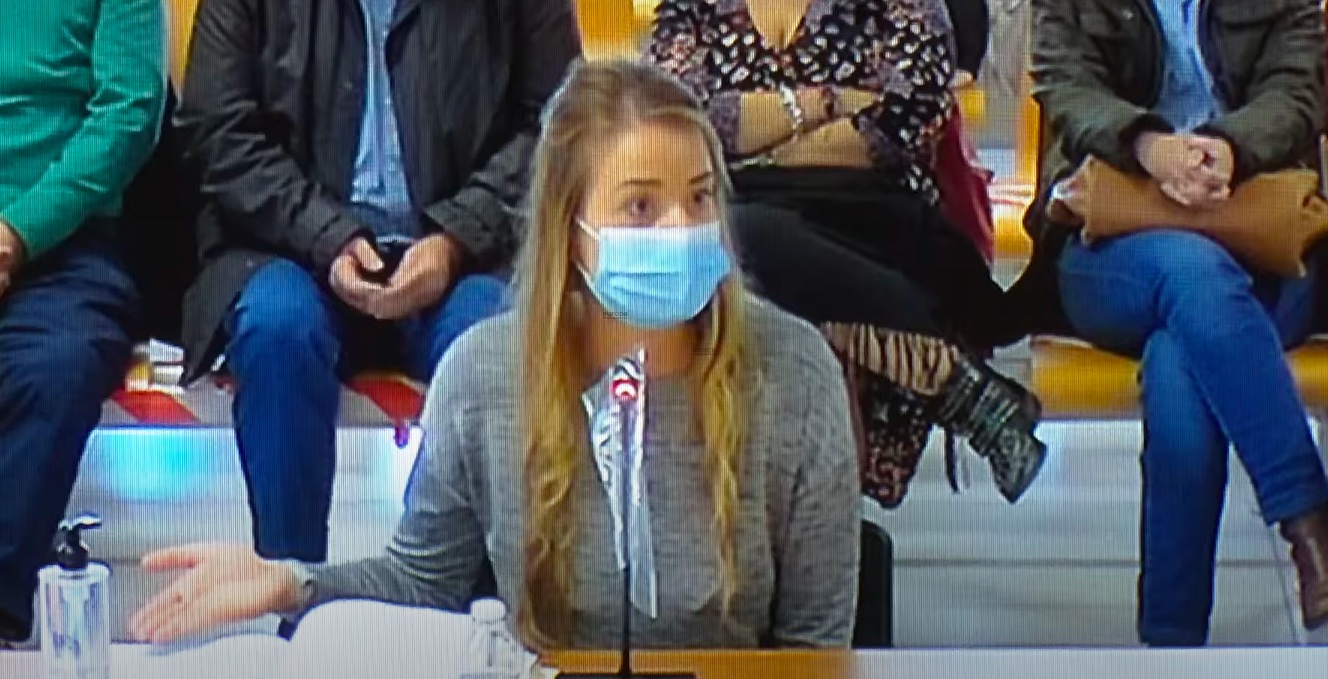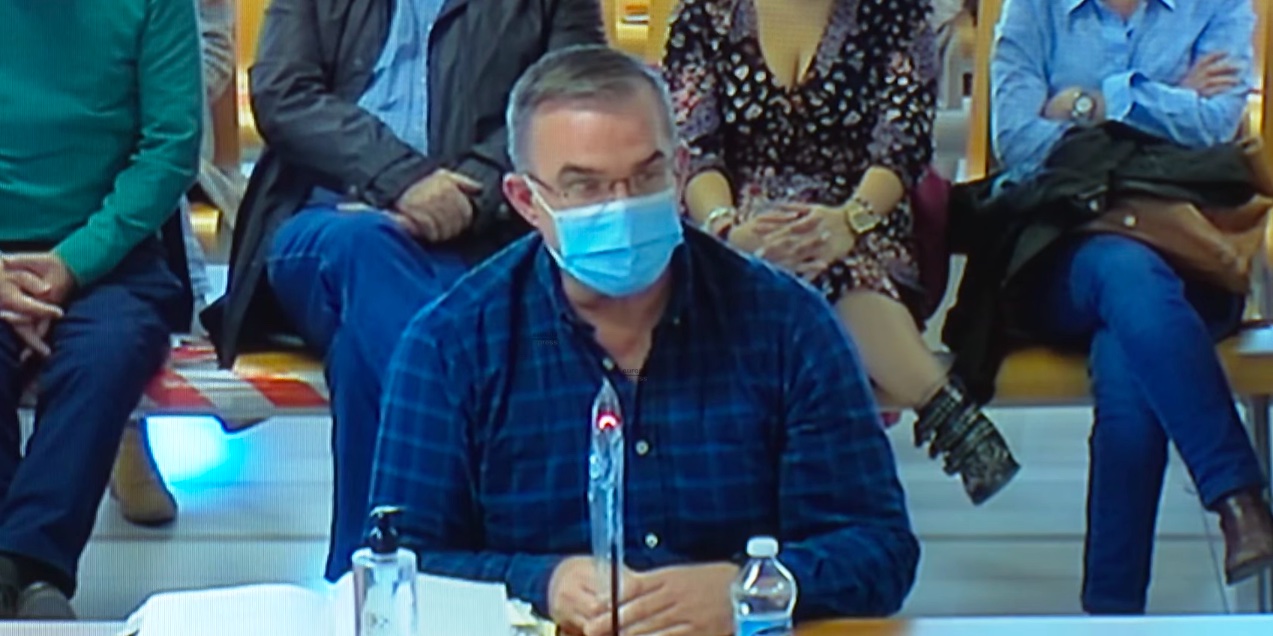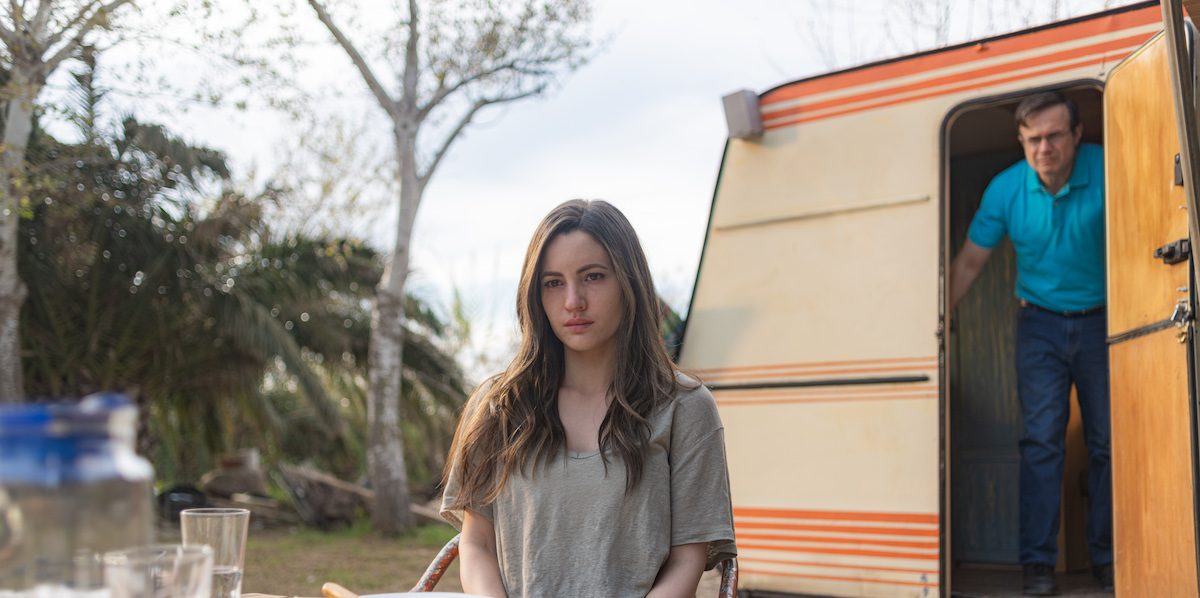Directed by Carlos Sedes, Netflix’s ‘A Widow’s Game’ (originally titled ‘La viuda negra’) is a true-crime movie that follows the investigation into the murder of a man named Arturo. As the cops delve into the details of his life, they discover that his wife, Maje, is the one to benefit the most from his death. She has a string of extramarital affairs, and the cops are convinced that she used one of those lovers to have her husband killed. The more they dig into her life, the more shocking secrets come to light. As the events unfold, one can’t help but wonder at the absurd realism of the story.
A Widow’s Game Retells the Shocking Murder of Antonio Navarro
As shocking as the events of ‘A Widow’s Game’ might seem, they are all borrowed from the real-life crime committed by María Jesús “Maje” Moreno Cantó and her lover, Salvador “Salva” Rodrigo Lapiedra. The crime in question took place on August 16, 2017, when Salva ambushed Maje’s husband, Antonio Navarro, in his garage in the Valencian neighborhood of Patraix and stabbed him several times with a kitchen knife. The nature of the crime was enough to prove that the murder was personal and committed by someone who was connected to the victim in some way, as opposed to being perpetrated by a total stranger.

Once the investigation began, Maje, a nurse, appeared as the only suspect in the case, especially after the cops found out about her dalliances. She had been unfaithful to her husband even before their wedding when she had an affair with a physiotherapist, but he had decided to forgive her. After they got married, she was engaged in an affair with at least 3-4 other men, one of whom was a publicist with whom she spent the night before her husband was murdered by her other lover, Salva, who had a family of his own.
The more the cops looked into the matter, the more they settled on the theory that one of Maje’s lovers helped her in getting rid of her husband, but they needed hard evidence to prove their guilt in court. As shown in the Netflix film, the authorities granted permission to wiretap Maje’s phone, which allowed the cops to listen in on her conversations, which eventually led them to Salva. It turns out that she had lied to him about Antonio, having painted her husband as an abusive man she needed rescuing from, and blinded by love, he decided to bloody his hands for her.
Maje Tried to Claim Innocence by Incriminating Salva
When the truth eventually came to light, Maje denied any involvement in the murder, claiming that Salva did it all himself. The only thing that she agreed to accept was that she helped her lover cover up his crime. Initially, Salva tried to take all the blame on himself, but then he changed his mind during the trial. It is believed that this change of heart was the result of the discovery that she had lied to him about Antonio’s abuse, had entertained other lovers while having an affair with him, and had used him to her own ends. Reportedly, she had an affair with another inmate while she and Salva were still writing love letters to each other in prison.

He told the cops that Maje planned the whole thing with him and even gave him the keys to the garage while also telling him the make and model of her husband’s car and the time he would show up there the next morning. While Maje continued to try to shake off any blame, Salva decided to cooperate with the authorities. Not only did he give them the testimony against Maje, but he also led them to the murder weapon, a 15.5-centimeter, single-edged kitchen knife, which he had disposed of in a septic tank.

Both of these were used as evidence during the trial, along with the recorded conversations and WhatsApp messages from her phone, which amounted to 52 pieces of evidence against her and 39 witnesses, including 4 of her lovers. Eventually, Maje was sent to prison for 22 years, a sentence that was extended by the court due to her connection to the victim. On being found guilty, she was ostracized by her family, who decided to cut off all relations with her. On the other hand, Salva’s sentence was reduced to 17 years for cooperating with the authorities.
The Creators of A Widow’s Game Did Not Want to Talk to the Murderers
While ‘A Widow’s Game’ presents the true story of Antonio’s murder by his wife, Maje, and her lover, Salva, the film takes a fictional lens to examine the circumstances surrounding the crime. When it came to making the film, producer Ramón Campos made it clear that the real Maje and Salva would not be interviewed and would have no involvement in the making of the film whatsoever because he was not interested in their point of view. Instead, he wanted to focus on hard facts, like the evidence collected by the cops in the form of the wiretapped conversations, and create a compelling narrative around that.

Campos’ biggest concern was to be respectful of the victim and his family. While they are an integral part of the story, he did not want to turn any unnecessary focus towards them or present things in a light that would hurt their feelings. This was also one of the reasons why he didn’t believe in talking to the murderers, because then, the film might get influenced by their point of view, and that would not be fair to the victim. In the same vein, actress Ivana Baquero, who plays Maje, revealed that she didn’t talk to the killer, but she immersed herself in everything that was available about her, like her audio recordings, to get into the head of the character and play her more realistically.
By choosing not to engage with the real-life Maje and Salva, the filmmakers knew that there would be some blind spots in the story that they wouldn’t get the answers to, but that didn’t seem too much of a problem as this is where the fictional aspect would be added to fill in the gaps. At the end of the day, they were not focused on making a documentary, which means that they could take creative license in presenting certain characters and events. At the same time, it was of utmost importance for them to present the story sensitively rather than bank on the sensationalism of the whole thing, even if it meant walking the line between fact and fiction.
Read More: Arturo Ferrer Puig in Real Life: How Did He Die? Why Did Maje Kill Him?


